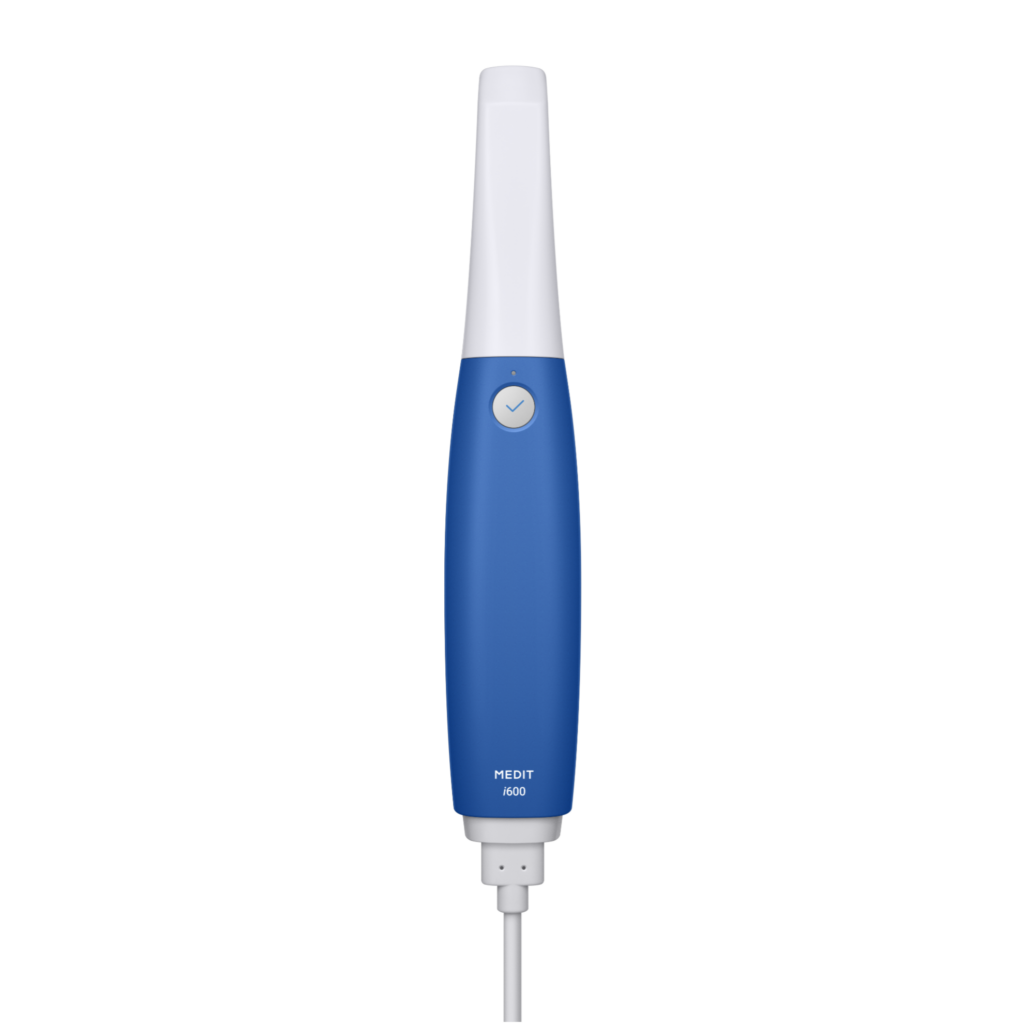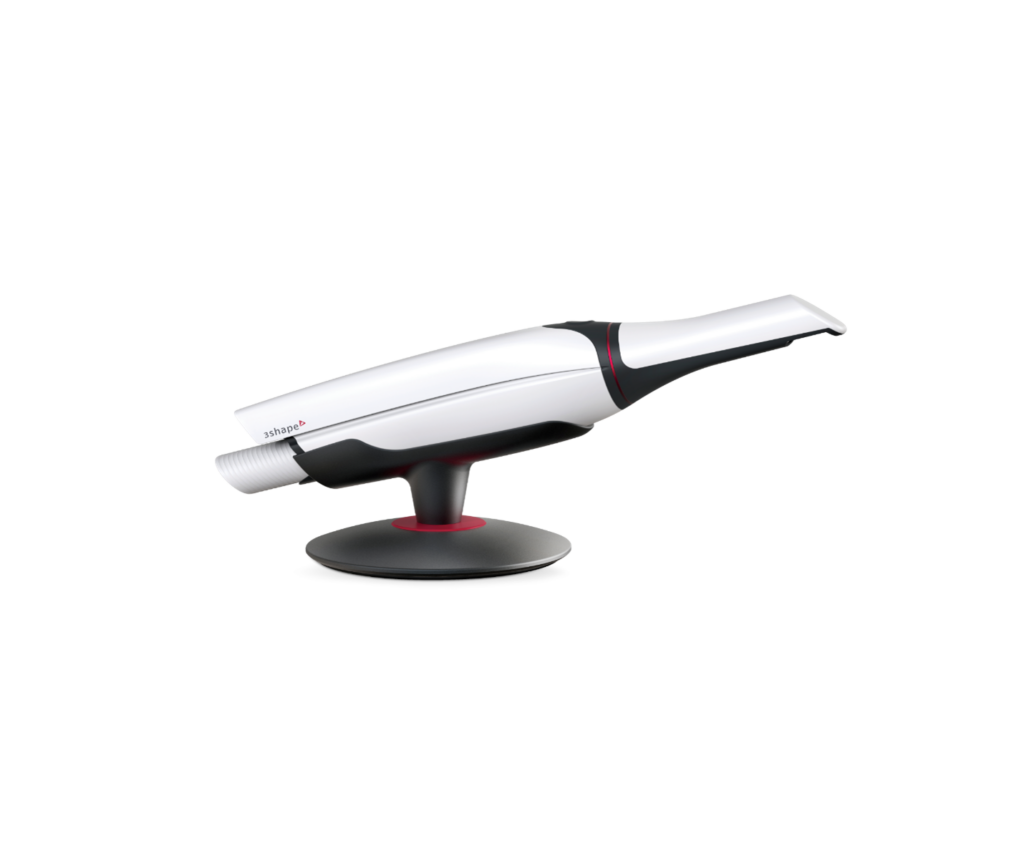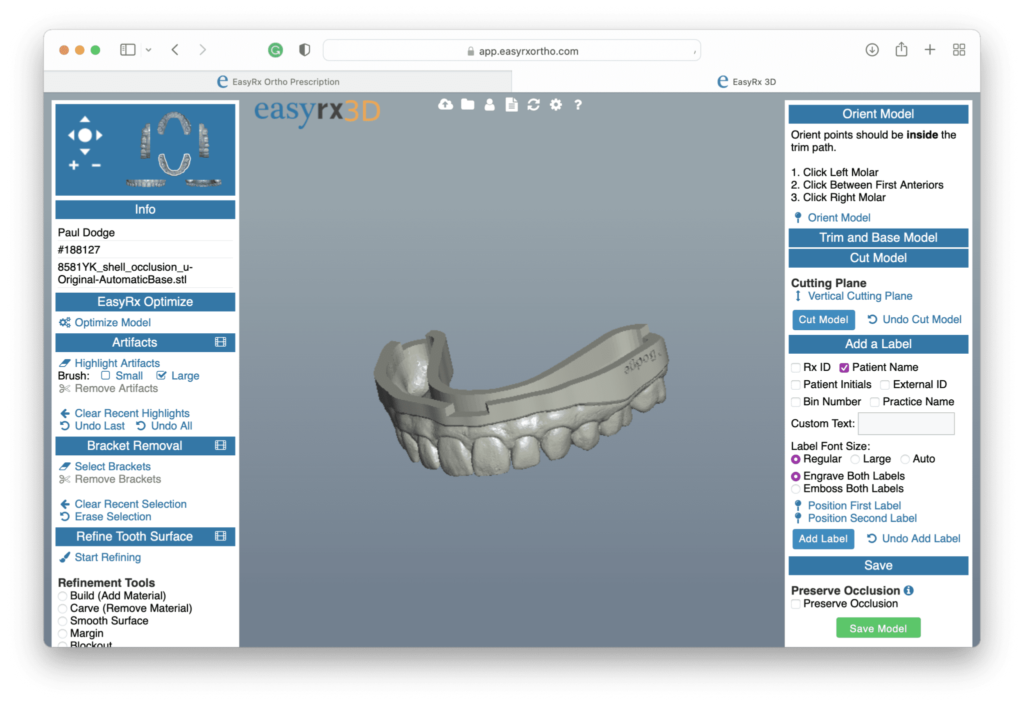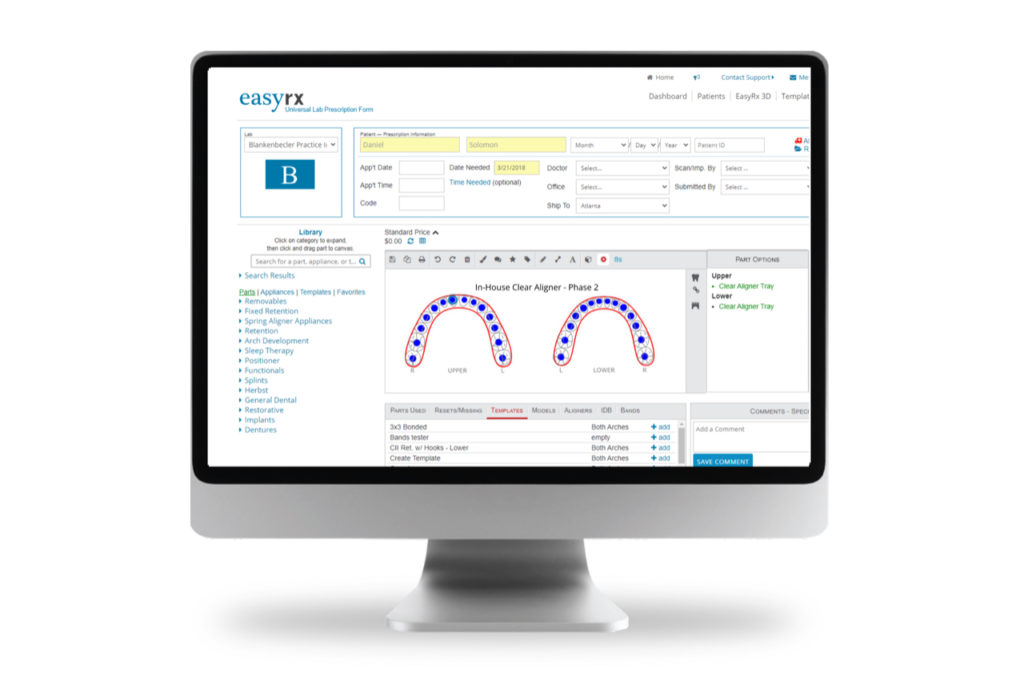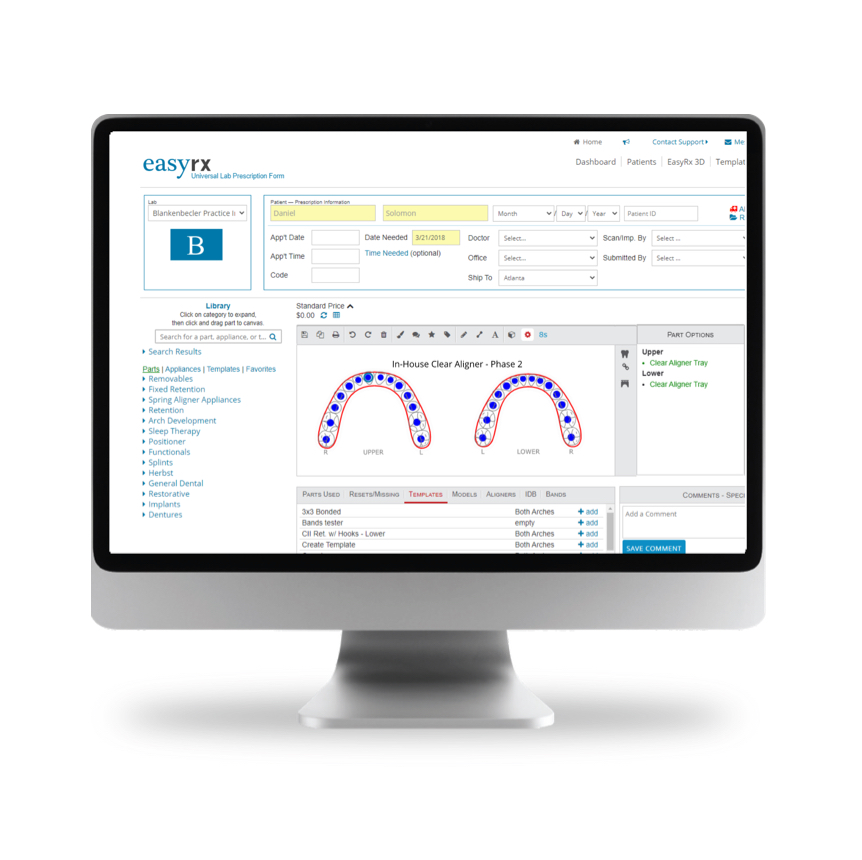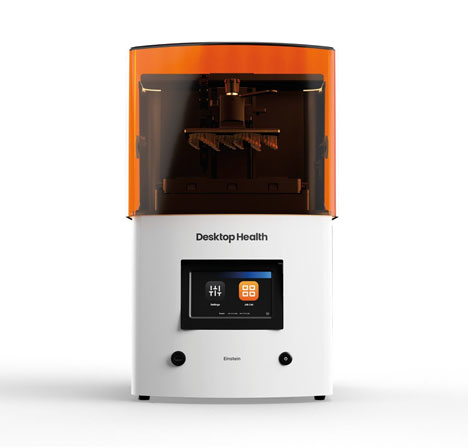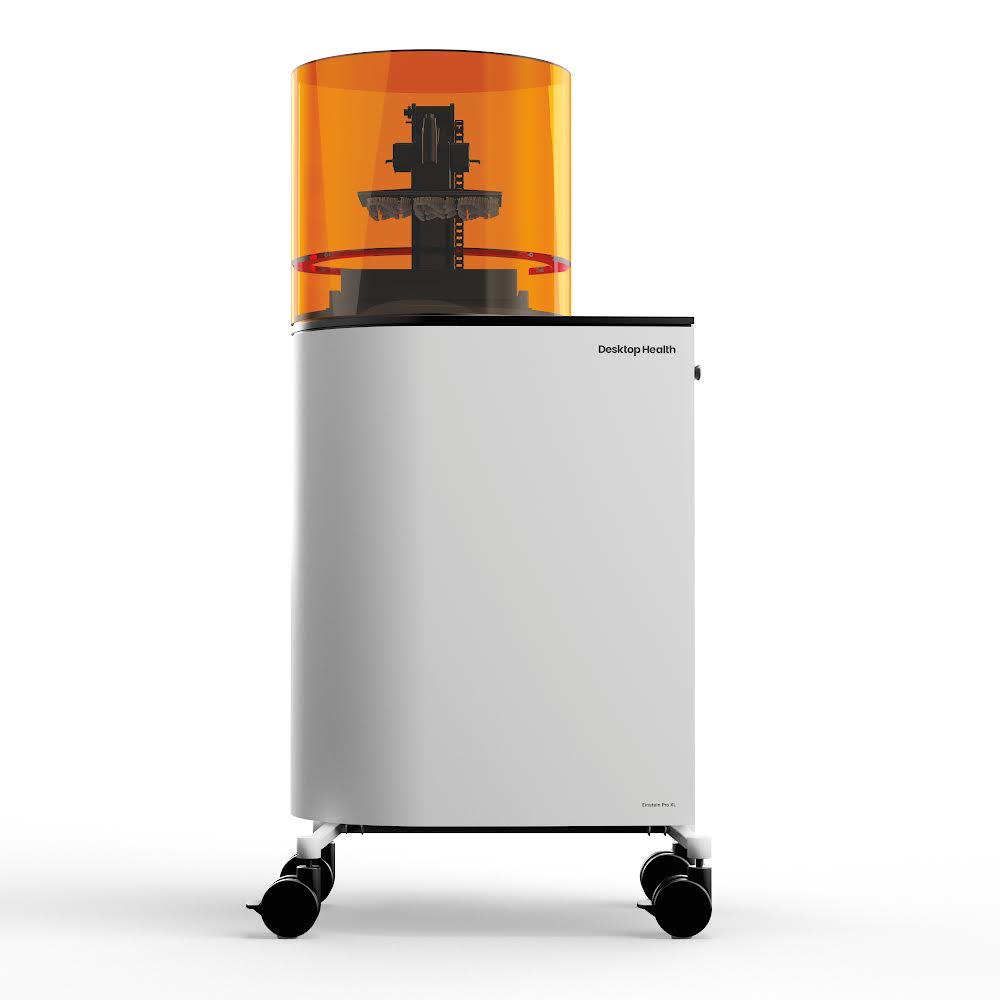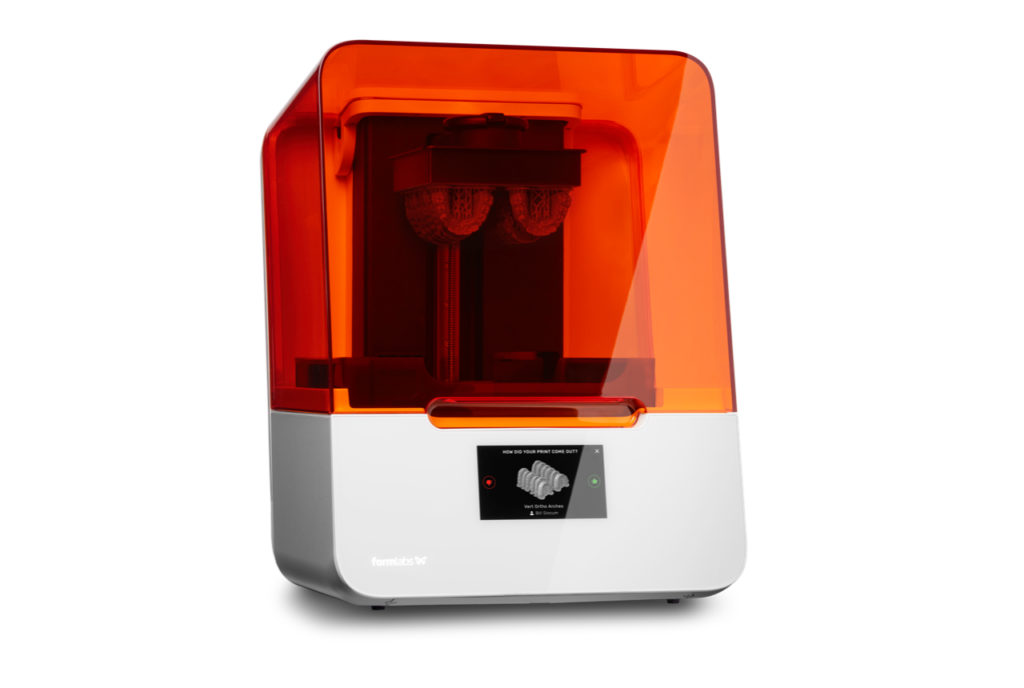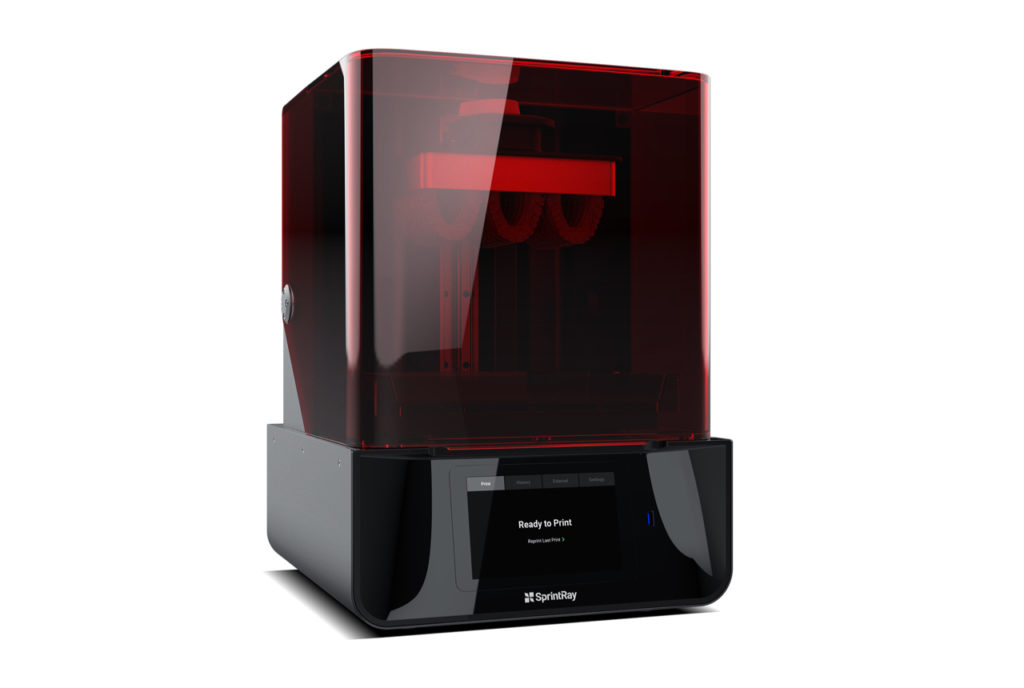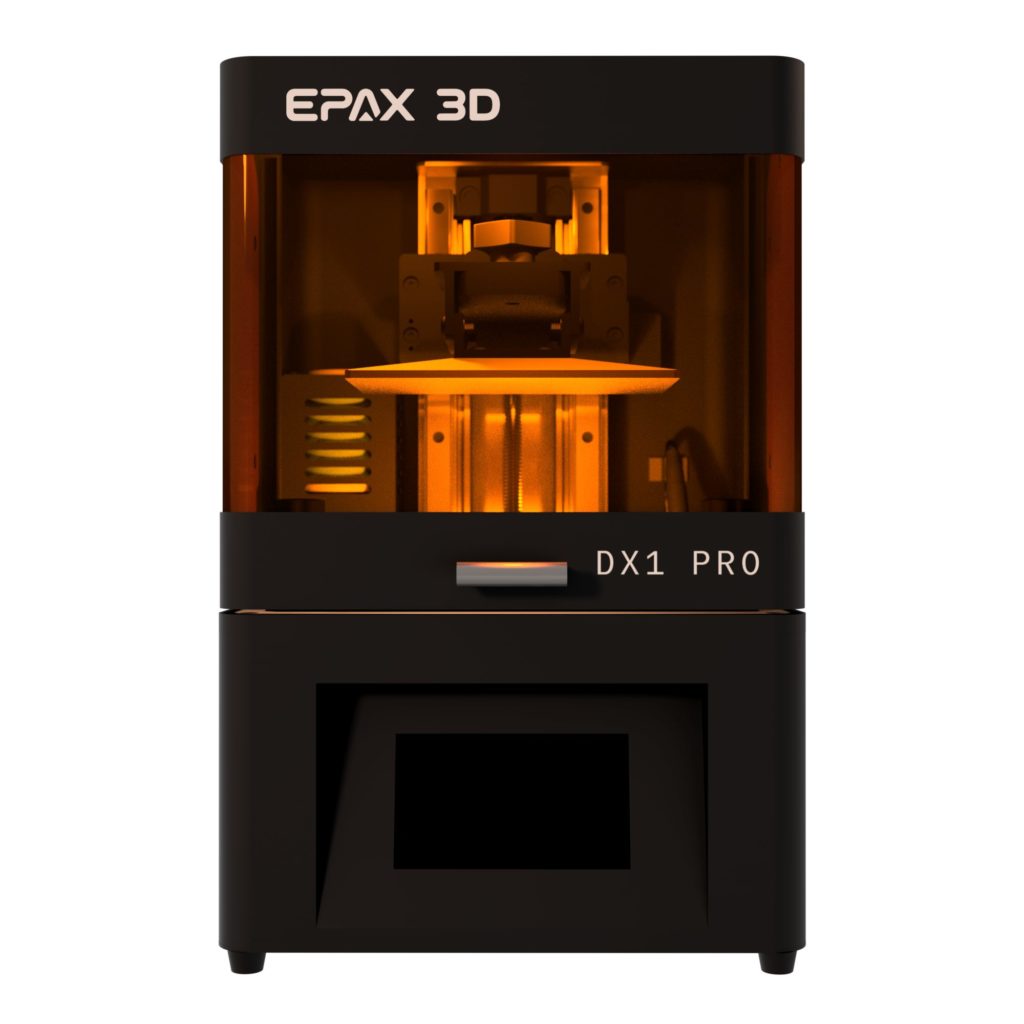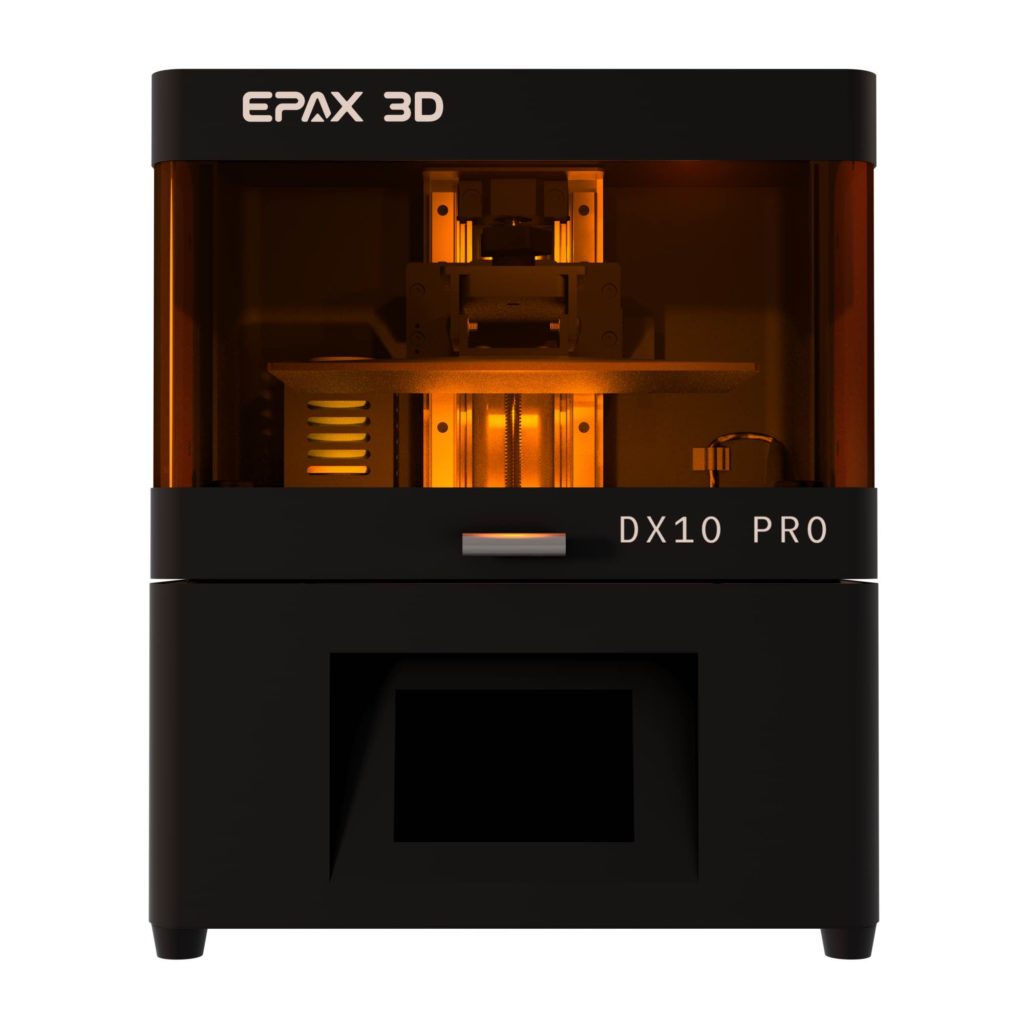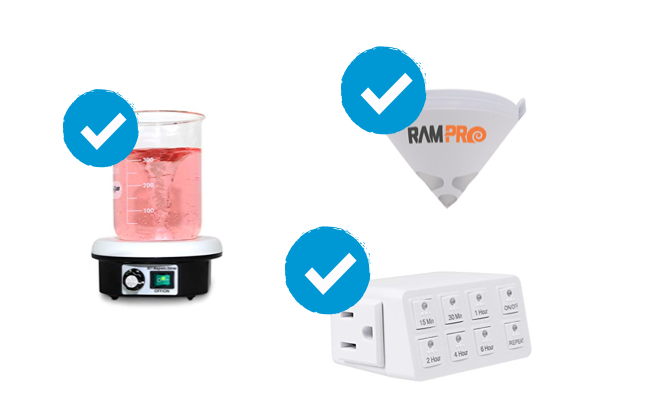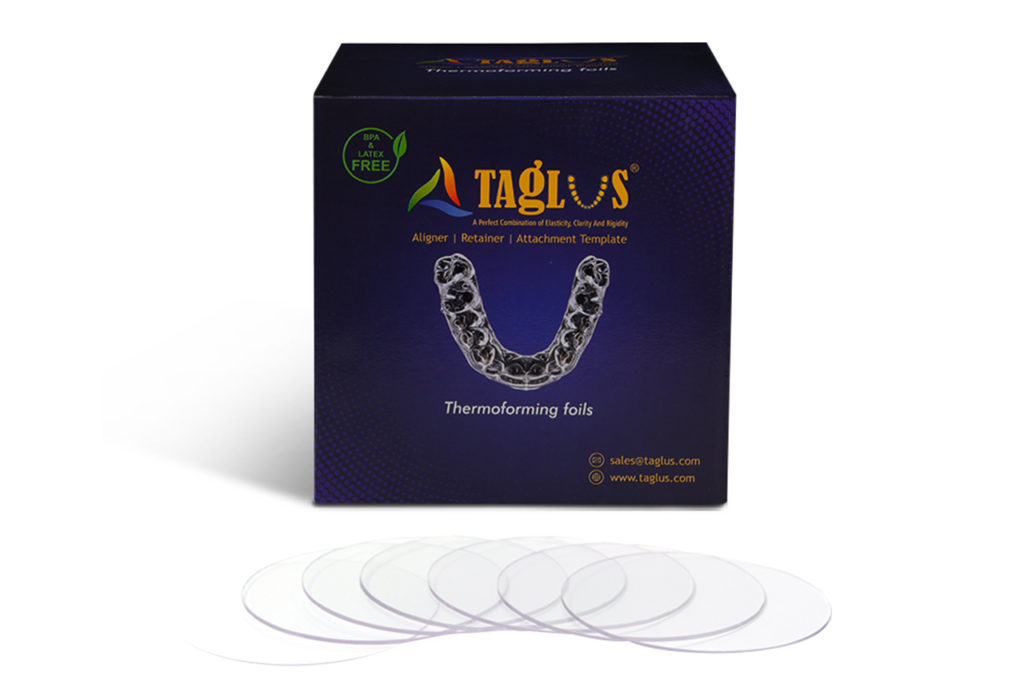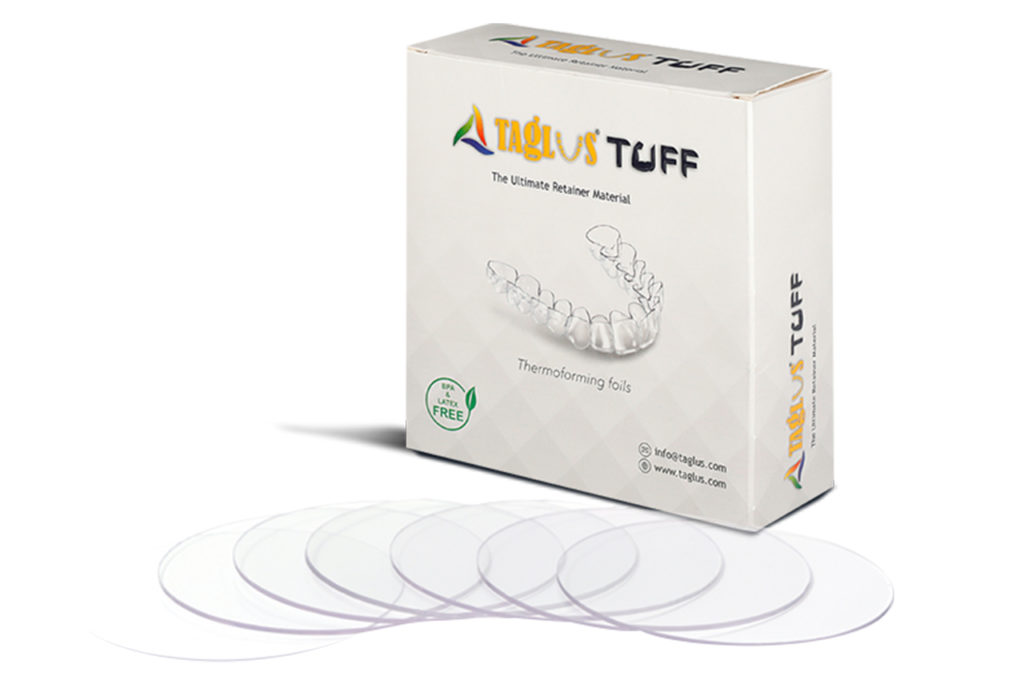How to Make In-House Retainers
Get to know the retainer fabrication process.
As you explore the options for your new in-house retainer lab and to refer back to as you implement, AAO TechSelect is here to help you learn more about the process and how it will work within your practice.
1. Scan
1. Scan
An intraoral scanner essentially replaces the need for oral impressions. The device scans a patient’s full dental arches with an occlusal registration.
Since there are no physical impressions, it’s important to have the right resources in place to properly store, edit and transfer digital files. Our partners can simplify the process.
What you’ll need:
2. Prepare Model
2. Prepare Model
Using software, you’ll need to trim and base your model so it prints most efficiently.
Related Resources:
What you’ll need:
3. Print
3. Print
3D printers create accurate models for orthodontic retainers, aligners, and other appliances. the partner products we recommend have been fully tested and proven effective in dental and orthodontic settings.
What you’ll need:
4. Fabricate
4. Fabricate
Thermoform machines apply heat and pressure to adapt the retainer plastic to the printed model. Well-adapted retainer material will lead to improved fit for the patient.
Related Resources:
What you’ll need:
5. Package
5. Package
Use your standard retainer case to instill confidence in your practice and the retainer you deliver.
See articles, videos, and guides to learn more about in-house retainer fabrication.
